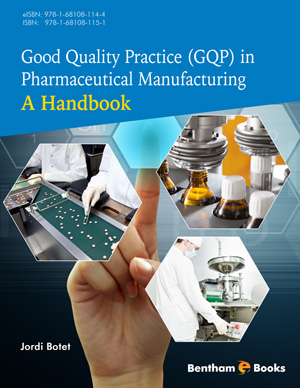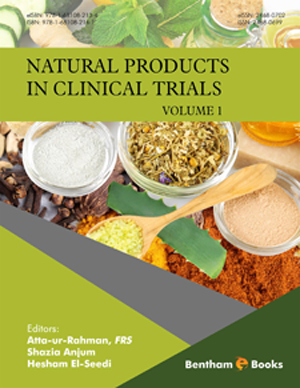Abstract
The performance of any process is both the consequence of its previous development studies and of the adequate transfer of these experimental concepts into practical operation. This is the lifecycle model which reminds us that quality has to be designed, transferred to real routine operation and then maintained within controlled conditions. There is no other way, at least nowadays, to ensure that quality by design will become produced quality too. In a pharmaceutical unit the lifecycle model can be usefully applied both to pharmaceutical products and pharmaceutical projects (premises, facilities, or equipment) and to processes like documentation and personnel. The different lifecycle stages are united like the links of a chain. Therefore, in order to achieve quality, control has to be exerted in a global way. The significance and management of the lifecycle stages of a project (URS, commissioning, admittance, qualification, maintenance and calibration) are analyzed. The practical organization of a qualification program is described in detail, starting with the redaction of a QMP, following with the writing and executing of qualification protocols and finishing with the qualification reports.
Keywords: Admittance, calibration, commissioning, discontinuation, DQ, IQ, maintenance, OQ, PQ, project design, QMP, qualification, qualification protocol, qualification report, qualification testing, requalification, supplier, traceability, URS, verification (checking).






